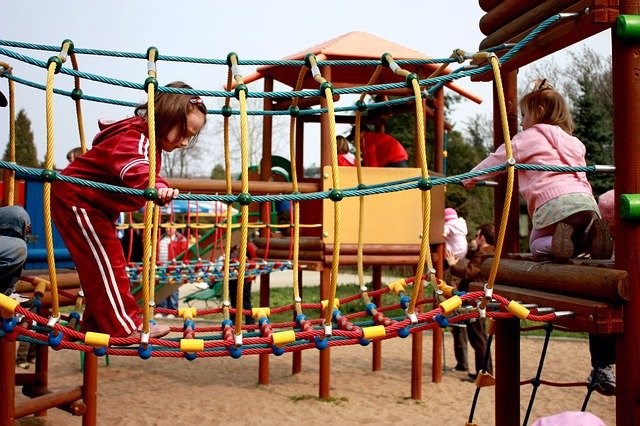For years, Tri-City residents have experienced what many have called a child care crisis. Our patchwork system has not yet created affordable, accessible daycare despite much talk and some improvements.
But another crisis is emerging that requires as much attention as providing more good quality child care spaces: the lack of safe, creative and enjoyable outdoor spaces for children attending child care in dense, urban areas.
Outdoor activities are critical to help children learn to develop their executive function, including their ability to plan, prioritize, trouble-shoot and multi-task; they need to learn moderate risk taking to build confidence; and outdoor play helps with socialization and appreciation of nature.
And thanks to the proliferation of internet-connected devices in everyday activities, outdoor play is even more important to counter the health impacts of sedentary activities, including staring too long at a screen.
Thus it’s extremely important that agencies working on a daycare plan for the Tri-Cities look at ways to encourage children to have access to outdoor activities, whether it be a local park, school playground or onsite play space. Similarly, cities need to incorporate outdoor play for children living in new multi-unit condos.
One idea would be to make better use of school grounds, with their vast playing fields and playground equipment.
In Port Moody, a local private daycare operator is challenging School District 43 rules for Moody elementary property, saying their child care kids are second class because at the end of the school day, they have to go to another part of the property until 4 p.m., preventing them from playing with their school friends who aren’t part of their daycare.
One may quibble with the daycare operator’s approach or with the district for adding these rules.
But the issue at heart is a bigger problem that needs to be addressed: the lack of accessible outdoor play space in urban environments.
Dealing with this situation may require a new way of doing things, including processes for handling liability and insurance issues; updated requirements for child care establishments; additional funding to cover costs required to ensure safe school operations, including the use of school washrooms; and a planning guide for re-greening drab outdoor play spaces that are either unattractive, lack elements of the natural world or are unsafe for kids.
If we can all agree that children need a place to play outdoors, then we can certainly put our heads together to figure out a way to make it happen.



